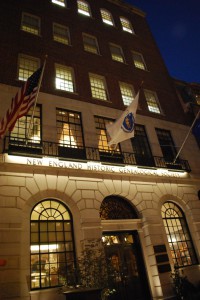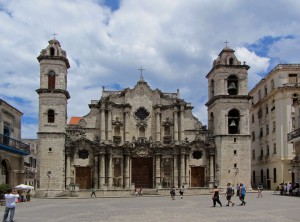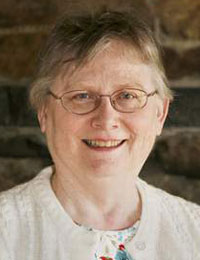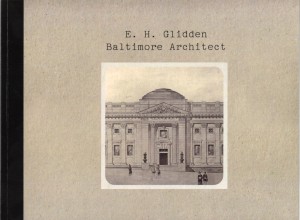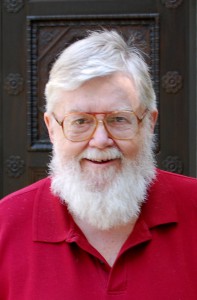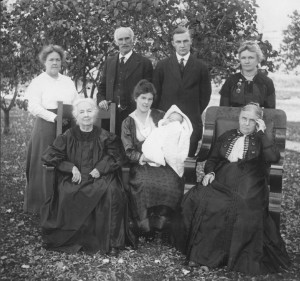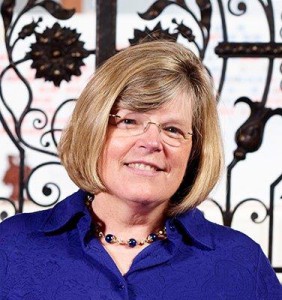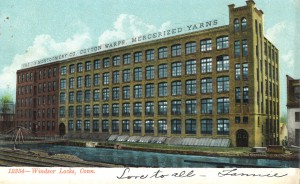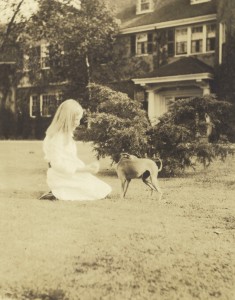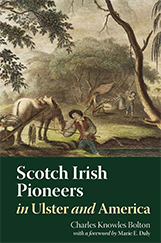 Following on from Jean Maguire’s post yesterday on NEHGS collection research options covered this year at Vita Brevis, I thought it might be useful to look at the coverage of international research at the blog. A lively group of articles follow, suggesting the range of our bloggers’ interests and research skills, beginning with Lael Dalal’s post on the Aghassi family’s hegira from Iraq to Mexico to Massachusetts:
Following on from Jean Maguire’s post yesterday on NEHGS collection research options covered this year at Vita Brevis, I thought it might be useful to look at the coverage of international research at the blog. A lively group of articles follow, suggesting the range of our bloggers’ interests and research skills, beginning with Lael Dalal’s post on the Aghassi family’s hegira from Iraq to Mexico to Massachusetts:
Isak Aghassi was born in 1889 in Baghdad and worked with his father importing dyes and teas from India, eventually focusing on carpets and tobacco. In 1946, Isak put himself, his wife Marcelle, and his two sons Badri and Jacob on a waiting list as prospective immigrants to the United States. He wrote the American Embassy in Baghdad at least once a year (receiving a yearly reply) inquiring when he and his family would be able to leave their dangerous country. The reply was always the same: the quota was over-subscribed and they would need to wait patiently. Continue reading International posts at Vita Brevis
